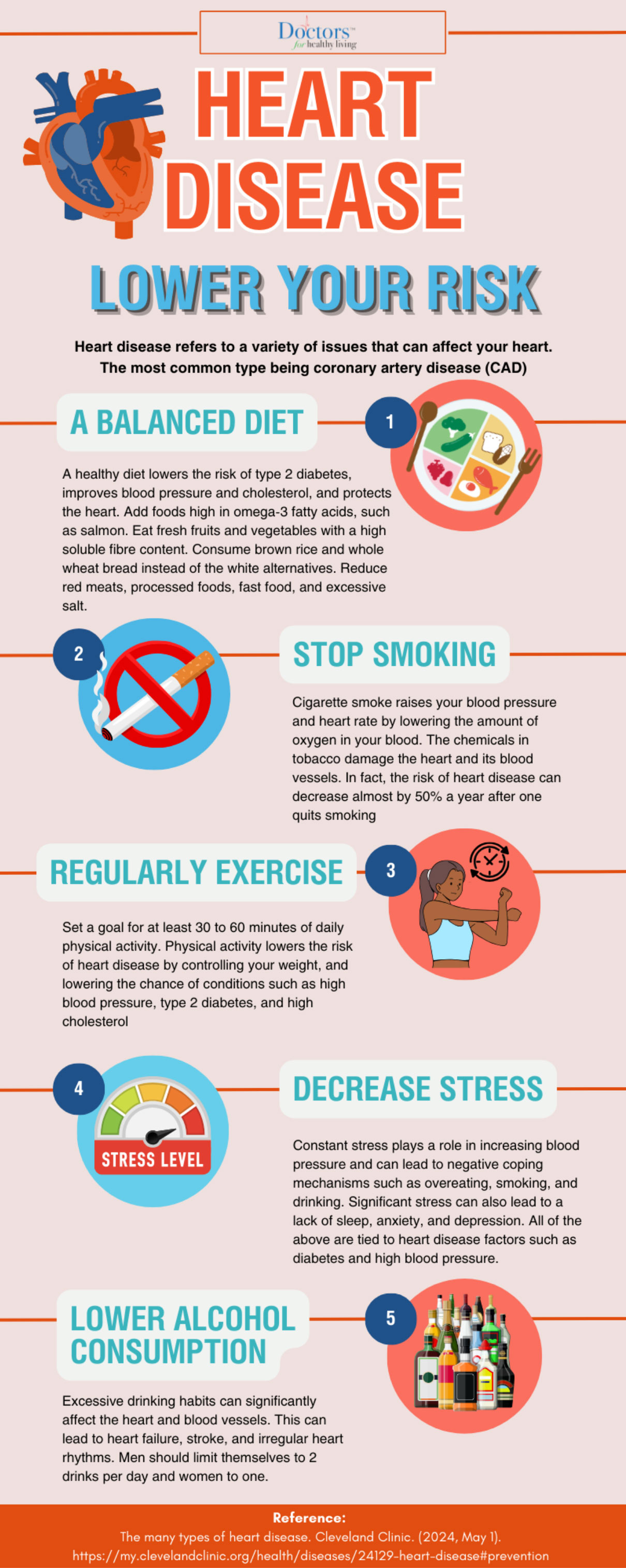

Sitting on the shores of the Indian Ocean enjoying the warm breeze, I mused over my 2025 New Year resolutions. Top on my list is eating a well-balanced diet, exercising regularly, and ensuring I get a sound at least six hours of sleep. Part of me is determined to follow through this time, while another part is pessimistic wondering: what are the odds?
It is this inner battle between willpower and doubt that made me reflect once more on how I can make these goals realistic and practical this year. Often, we wait until the final call from the doctor before taking the necessary steps toward a healthier life. How can both we(you and I) make 2025 work for us and I mean, a healthier us?
The basics of leading a healthy life have not changed much. Simple habits like getting enough sleep, resting, exercising regularly, and eating a balanced diet are timeless. Experts also recommend reducing salt and sugar intake, cutting down on harmful fats, monitoring blood pressure, avoiding smoking, and drinking alcohol in moderation. These small adjustments, though seemingly obvious, can go a long way in improving both physical and mental well-being.
However, as straightforward as these practices may sound, many of us struggle to implement them consistently. The reality is that making lifestyle changes requires effort, persistence, and sometimes a shift in mindset. It’s worth it, though: adopting healthier habits not only enhances your quality of life but can also prevent serious health risks, particularly cardiovascular diseases (CVDs).
According to the World Health Organization (WHO), cardiovascular diseases are the leading cause of death globally, claiming an estimated 17.9 million lives annually1. Alarmingly, more than four out of five CVD deaths result from heart attacks and strokes, with one-third occurring prematurely in people under 70 years of age. Risk factors like high blood pressure, diabetes, and obesity are projected to rise over the next 30 years, leading to an increase in coronary artery disease, heart failure, stroke, and other conditions.
While some types of cardiovascular disease, such as congenital heart disease, cannot be prevented, many others can be managed or avoided through early detection and lifestyle changes. Regular check-ups with a primary care provider are essential, as they can identify potential issues before they become life-threatening. By taking proactive steps, we can significantly reduce our risk of developing these conditions.
Let's be honest: adopting and maintaining healthy habits isn't always easy. Common obstacles include lack of time, financial constraints, and even misinformation. So how can we make these changes more practical and sustainable?
The rapid advancement of technology has opened up exciting possibilities for improving health. Innovations like AI, genomics, and remote care are reshaping healthcare as we know it. For instance, smartwatches can now monitor vital health metrics such as blood pressure, blood sugar levels, and even early signs of potential health conditions. This easy access to personal health information empowers individuals to take a more active role in maintaining their well-being.
While these tools offer significant benefits, it’s essential to be mindful of potential limitations, such as privacy concerns or affordability. Nevertheless, embracing technology can complement your health journey, making it easier to track progress and stay motivated.
Now that the sun has set and it’s time to leave the Indian Ocean behind, it’s time to return to the commitments we’ve made. I hope that both you and I will look back on 2025 with pride, knowing we stayed true to our plans for a healthier life. The future of your health lies in your hands and your willingness to act. Start by taking small, consistent steps toward your goals and embracing the innovations available to support your journey. Let 2025 be the year you take charge of your well-being.
Reference: https://www.who.int/news-room/fact-sheets/detail/cardiovascular-diseases-(cvds)
